Introduction
Indian classical dance forms are rich cultural expressions that have evolved over centuries. Kuchipudi and Bharatanatyam are two such classical dance styles that have captivated audiences worldwide with their grace, complexity, and storytelling abilities. While they share some similarities due to their common origin in South India, they also possess distinct characteristics that set them apart. In this article, we will explore how to differentiate between Kuchipudi and Bharatanatyam dance forms.
- Historical Origins:

Bharatanatyam: Bharatanatyam hails from the state of Tamil Nadu and is believed to have its roots in the ancient temple traditions of the region. It was initially performed by Devadasis, temple dancers dedicated to serving deities through their art. Over time, it evolved into a solo, stage-oriented dance form.
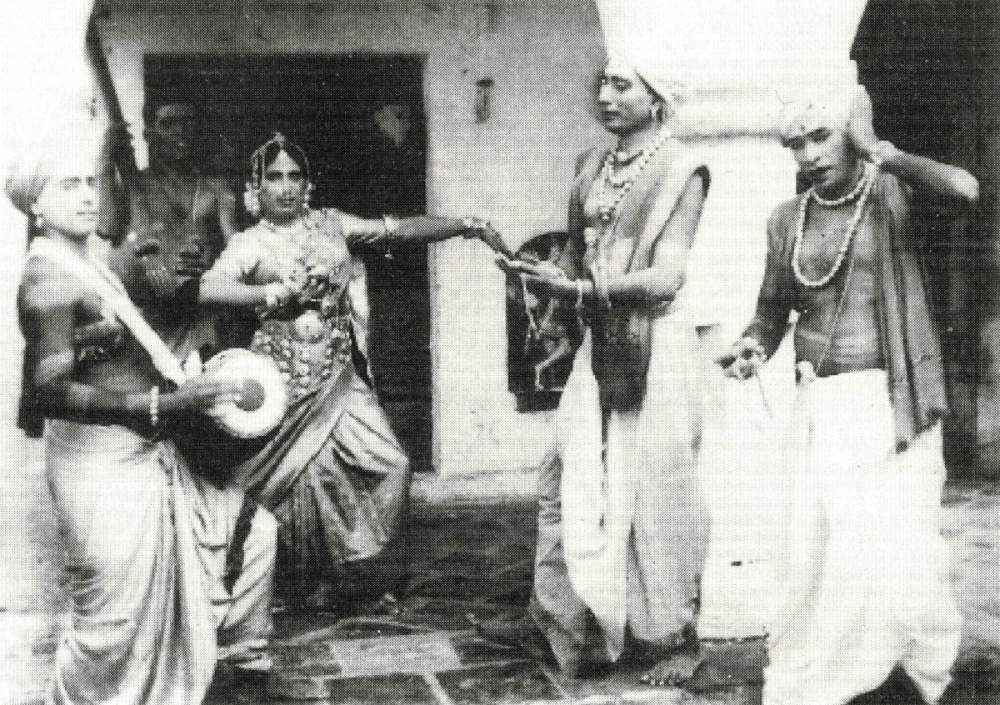
Kuchipudi: Kuchipudi, on the other hand, originates from Andhra Pradesh. It has a unique history as it was developed in the village of Kuchipudi and traditionally performed by male artists. Kuchipudi draws influence from both the temple dance tradition and the classical Yakshagana dance drama.
- Costumes and Attire:
Bharatanatyam: The costume in Bharatanatyam typically consists of a tightly fitted, colorful saree draped in a specific manner to highlight intricate footwork and movements. Elaborate jewelry, including anklets, earrings, and necklaces, is an essential part of the attire. The dancer’s hair is often adorned with flowers.
Kuchipudi: Kuchipudi dancers wear costumes similar to those of Bharatanatyam but with some distinct variations. The saree is draped differently, and the hair is often tied up in a bun, making it easier for quick costume changes during dramatic sequences. The male dancers in Kuchipudi wear dhotis and often depict both male and female characters.
- Makeup and Ornamentation:
Bharatanatyam: Bharatanatyam dancers use elaborate makeup to highlight their facial expressions. The makeup includes bold eye makeup, red lipstick, and defined facial features. The ornamentation is intricate, with the use of multiple bangles, a prominent bindi (forehead decoration), and flower garlands.
Kuchipudi: Kuchipudi dancers also use makeup, but it tends to be more subtle compared to Bharatanatyam. The emphasis is on natural expressions. Jewelry is less elaborate, and male dancers may not use makeup at all.
- Technique and Style:
Bharatanatyam: Bharatanatyam places a strong emphasis on precise footwork, intricate hand gestures (mudras), and graceful body movements. It follows a structured format with a focus on pure dance (nritta) and expressive storytelling (nritya).
Kuchipudi: Kuchipudi combines elements of dance and drama. It is known for its dynamic movements, quick footwork, and dramatic expressions. The dance often includes storytelling through dialogues and songs, making it more theatrical compared to Bharatanatyam.
- Music and Instruments:
Bharatanatyam: Bharatanatyam typically uses Carnatic music as its base. The accompanying instruments include the mridangam, violin, flute, and nattuvangam (cymbals). The compositions are predominantly in Tamil or Sanskrit.
Kuchipudi: Kuchipudi, while also using Carnatic music, incorporates elements of Telugu culture and music into its performances. The musical instruments include mridangam, tabla, flute, and veena. The language of the songs and dialogues is often Telugu.
Conclusion
Kuchipudi and Bharatanatyam are two captivating classical dance forms that share a common cultural background but possess distinct characteristics in terms of history, costume, makeup, technique, and style. Both forms have their own unique charm and offer a mesmerizing experience for audiences around the world. Understanding the differences between these two classical dance forms enriches one’s appreciation for the diversity and beauty of Indian art and culture.

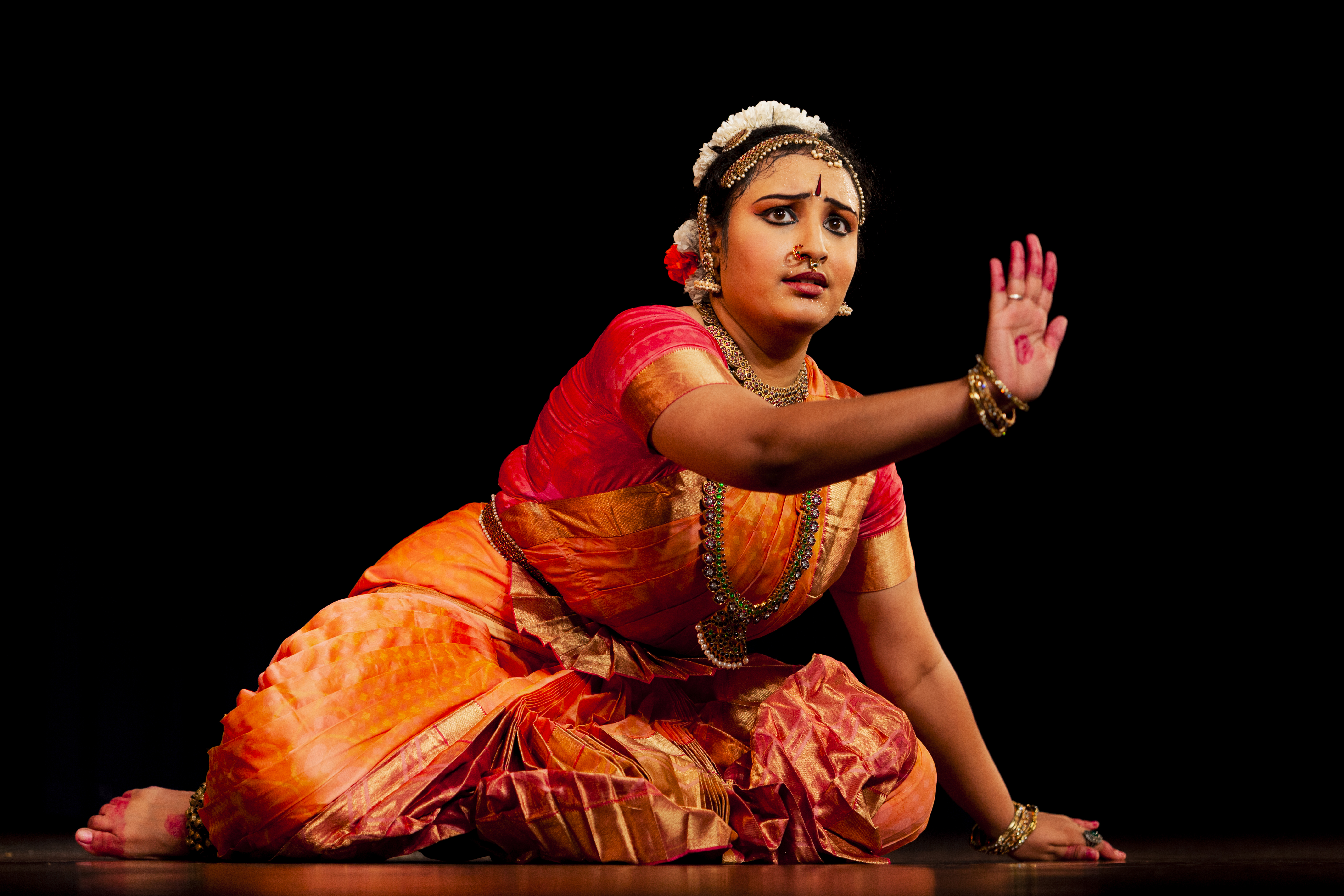
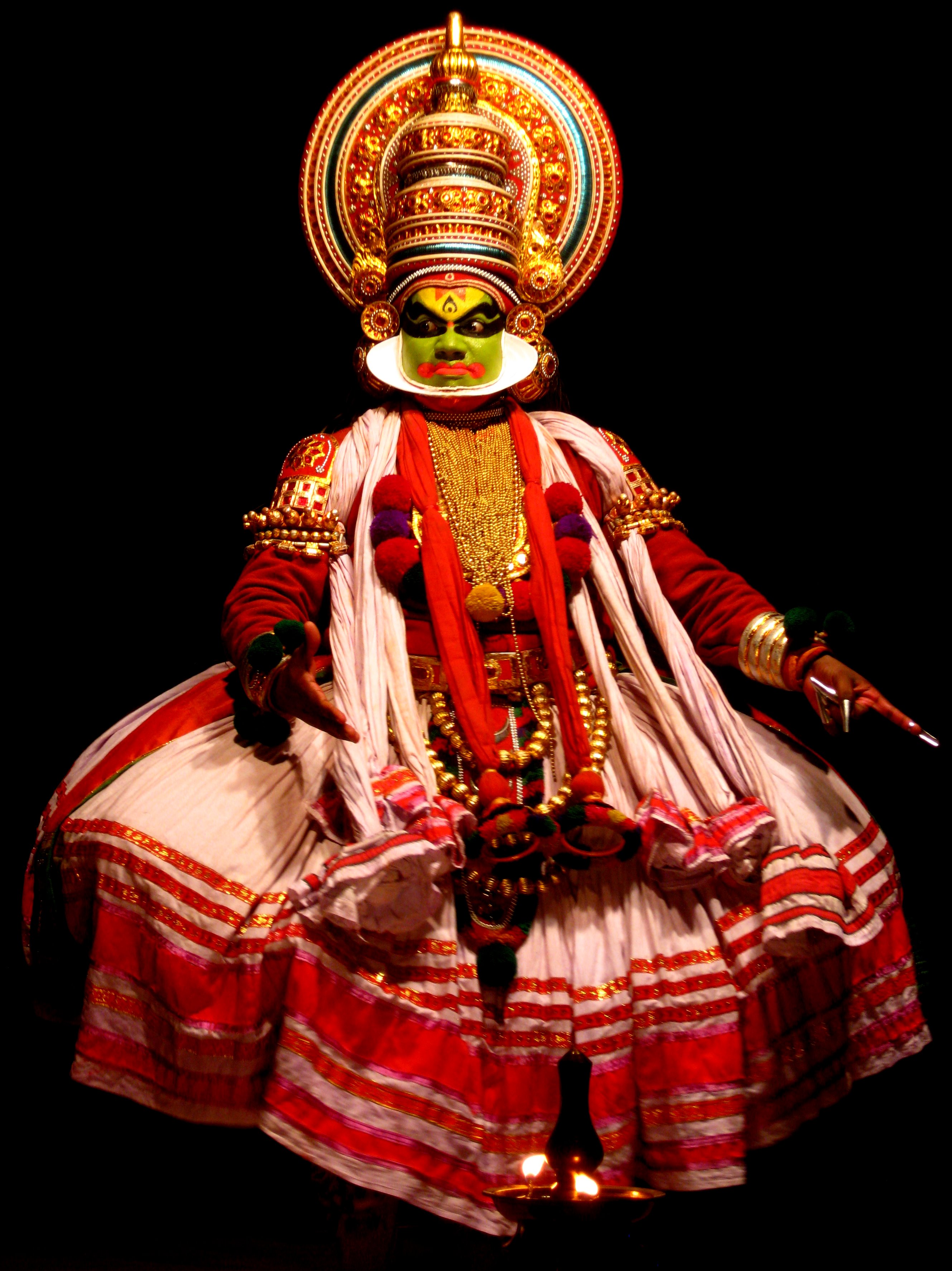
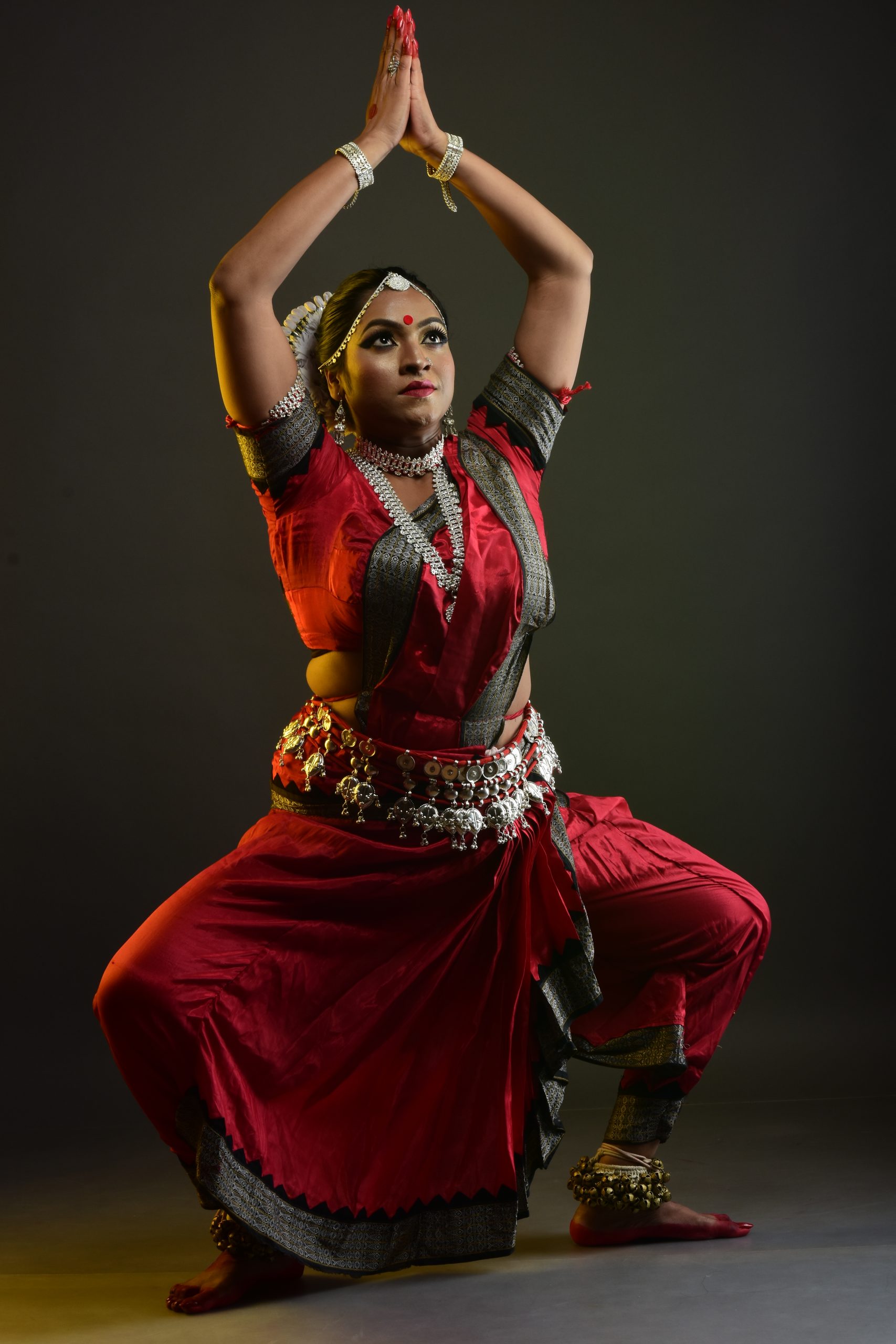


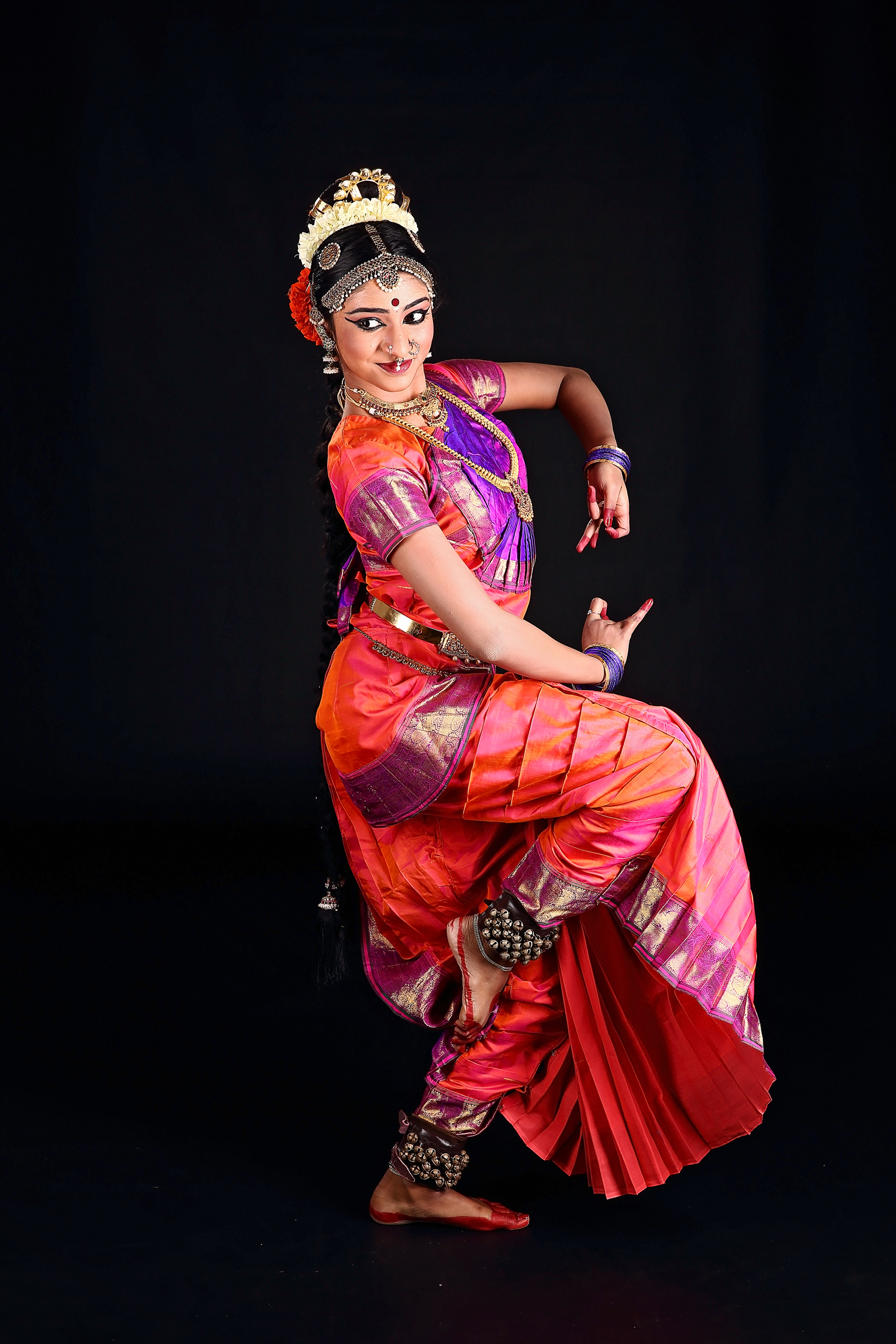
 Bharatanatyam, the exquisite classical dance form originating from Tamil Nadu, India, has bewitched audiences worldwide with its enchanting movements and rich cultural heritage. Aspiring dancers often ponder upon the question: How long does it take to learn Bharatanatyam? In this article, we embark on a quest to unravel the journey of learning Bharatanatyam and shed light on the time and dedication required to become proficient in this graceful art form.
Bharatanatyam, the exquisite classical dance form originating from Tamil Nadu, India, has bewitched audiences worldwide with its enchanting movements and rich cultural heritage. Aspiring dancers often ponder upon the question: How long does it take to learn Bharatanatyam? In this article, we embark on a quest to unravel the journey of learning Bharatanatyam and shed light on the time and dedication required to become proficient in this graceful art form.